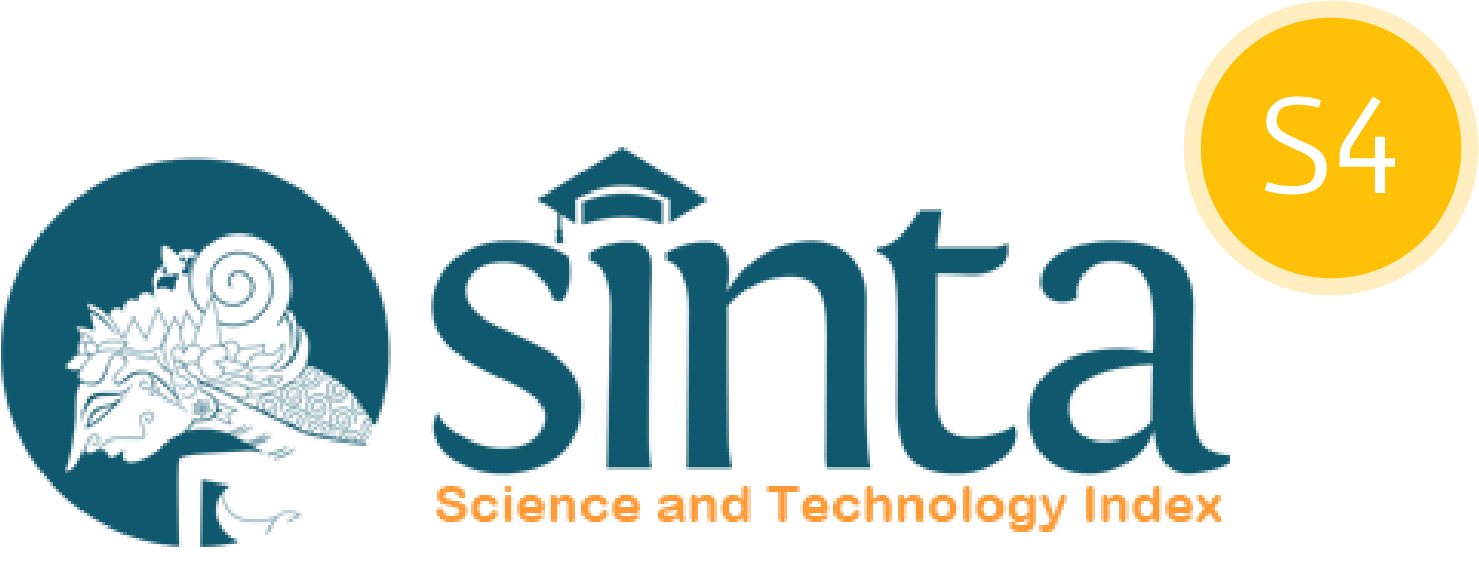Empowering a Rural Highland Community in Getasan District through Black Soldier Fly-Based Organic Waste Management for a Circular Economy Transition
DOI:
10.29303/ujcs.v6i3.1158Published:
2025-09-30Issue:
Vol. 6 No. 3 (2025): SeptemberKeywords:
Black Soldier Fly (BSF), Organic Waste Management, Circular Economy, Community Empowerment, Waste-to-valueArticles
Downloads
How to Cite
Downloads
Metrics
Abstract
Waste management in Indonesia is still dominated by open burning and landfilling, causing environmental and health problems. In Jetak Village, Getasan District, Semarang Regency, located in the rural highlands of Mount Merbabu, organic waste dominates household waste streams. Although a TPS3R facility has existed since 2022, its operation remains suboptimal due to low community participation and odor issues. This condition highlights the urgent need for innovative, community-based solutions. Black Soldier Fly (BSF, Hermetia illucens) farming offers an effective alternative, capable of reducing organic waste by 50–60% while producing valuable by-products. This community service program targeted village officials, farmer groups, women’s groups, youth, and TPS3R managers. Activities included awareness sessions on circular economy, training in BSF cultivation, field demonstrations using appropriate technology, digital marketing workshops, and operational assistance at TPS3R. Impact was assessed through participant questionnaires and scenario modeling of household-level BSF adoption based on waste generation data from SIPSN (2025) and BPS (2025). Twenty-five participants engaged actively throughout the program. Evaluation showed 100% agreement that BSF is effective for organic waste management, with 89% willing to adopt it at home. Products such as fresh and dried larvae and frass were successfully introduced, with estimated market value up to IDR 52,000/kg. Scenario analysis indicated potential reductions of 89–268 tons of organic waste annually and mitigation of 2.6–7.8 tons CO₂e, depending on adoption rates. The program proved that BSF technology is feasible, socially acceptable with proper education, and economically promising. It strengthened local waste management capacity, supported income generation, and contributed to circular economy transition while aligning with SDG 12 and Indonesia’s low-carbon development goals.
References
Abubakar, I. R., Maniruzzaman, K. M., Dano, U. L., AlShihri, F. S., AlShammari, M. S., Ahmed, S. M. S., ... & Alrawaf, T. I. (2022). Environmental sustainability impacts of solid waste management practices in the global South. International journal of environmental research and public health, 19(19), 12717.
Badan Pusat Statistik Kabupaten Semarang. (2021). Kabupaten Semarang dalam Angka 2021. BPS Kabupaten Semarang.
Diener, S., Zurbrügg, C., & Tockner, K. (2011). Conversion of organic material by black soldier fly larvae: Establishing optimal feeding rates. Waste Management & Research, 29(5), 603–610.
Ermolaeva, E., Ermolaeva, A., & Velyaev, O. (2019). Greenhouse gas emissions from small-scale fly larvae composting with Hermetia illucens. Waste Management, 96, 65–72. https://doi.org/10.1016/j.wasman.2019.07.012
Gebiola, M., Meneguz, M., Veselič, A., Devetak, D., Bombaugh, M., & Baldacchino, F. (2023). Bokashi fermentation of brewery's spent grains positively affects larval performance of the black soldier fly Hermetia illucens while reducing gaseous nitrogen losses. Waste Management, 155, 269–277. https://doi.org/10.1016/j.wasman.2022.11.009
Heriyanti, A. P., Haris, A., Jabbar, A., Naufal, M. A., Fariz, T. R., & Nurita, O. J. (2024). Pelatihan Pengolahan Sampah Menggunakan Larva Black Soldier Fly Sebagai Pengembangan Ekonomi Sirkular Di Desa Jetak. GERVASI: Jurnal Pengabdian kepada Masyarakat, 8(2), 465-474.
Idris, M., Rismayani, D., Aulia, A., Nopiyanti, T., & Rahayu, R. (2024). Biology of Black Soldier Fly (Hermetia illucens) and Utilization of its Waste (Maggot Frass) for Plant Growth: A Literature Review. Jurnal Biologi Tropis, 24(3), 273-291.
Mertenat, A., Diener, S., & Zurbrügg, C. (2019). Black Soldier Fly biowaste treatment – Assessment of global warming potential. Waste Management, 84, 173–181. https://doi.org/10.1016/j.wasman.2018.11.040
Pang, W., Hou, D., Chen, J., Nowar, E. E., Li, Z., Hu, R., Zhang, K., Li, Q., & Wang, S. (2020). Reducing greenhouse gas emissions and enhancing carbon and nitrogen conversion in food wastes by the black soldier fly. Journal of Environmental Management, 260, 110066. https://doi.org/10.1016/j.jenvman.2020.110066
Putra, Y., & Ariesmayana, A. (2020). Efektifitas penguraian sampah organik menggunakan Maggot (BSF) di pasar Rau Trade Center. Jurnal Lingkungan Dan Sumberdaya Alam (JURNALIS), 3(1), 11-24.
Renosori, P., Prasetyaningsih, E., Selamat, S., & Nurrahman, A. A. (2022). Assistance for the Establishment of Waste Bank in the Luhur Lestari Women Farming Group (KWT) Baleendah District. 4th Social and Humanities Research Symposium (SoRes 2021), 482–486
Sistem Informasi Pengelolaan Sampah Nasional (SIPSN). (2025). Data timbulan dan komposisi sampah Kabupaten Semarang tahun 2024. Kementerian Lingkungan Hidup dan Kehutanan Republik Indonesia.
Setiawan, R. (2023). Kelayakan dan strategi pengembangan usaha budidaya maggot pada Farm Republic Larva. Neraca: Jurnal Ekonomi, Manajemen dan Akuntansi, 1(3), 196–206.
Slamet, R. A. (2016). Ilmu kesehatan masyarakat. Andi.
Sidabutar, R., Tobing, S. W., Ginting, M. H., Sinaga, M. S., Syahputra, M. R., Simbolon, D. K., Nasution, J. A., & Pulungan, M. R. (2023). Pemberdayaan masyarakat melalui budidaya maggot dengan sisa sampah organik sebagai alternatif pakan ikan di Desa Sempajaya, Kecamatan Berastagi, Kabupaten Karo. ABDI SABHA (Jurnal Pengabdian kepada Masyarakat), 4(3), 58–65.
Syed, M. W., Song, H., & Junaid, M. (2024). Impact of social media technologies on environmental collaboration and green innovation: a mediation–moderation model. Kybernetes, 53(1), 123-151.
Usman, U. (2022). Strategi pengolahan limbah organik melalui budidaya maggot untuk menghasilkan nilai tambah ekonomi warga Desa Domas. Jurnal Penyuluhan dan Pemberdayaan Masyarakat, 1(2), 8–13.
Xiang, F., Huang, J., Cheng, S., Wang, Z., Yang, Z., Deng, J., Wang, L., & Zhang, J. (2024). Black soldier fly larvae mitigate greenhouse gas emissions from domestic biodegradable waste by recycling carbon and nitrogen and reconstructing microbial communities. Environmental Science and Pollution Research, 31(15), 22535–22549. https://doi.org/10.1007/s11356-024-32564-y
Author Biographies
Andhina Putri Heriyanti, Universitas Negeri Semarang
Hendra Febriyanto, Universitas Negeri Semarang
Dewi Mustikaningtyas, Universitas Negeri Semarang
Putri Alifa Kholil, Universitas Negeri Semarang
Trida Ridho Fariz, Universitas Negeri Semarang
Nur Hayati Afrilda Salsabilla, Universitas Negeri Semarang
Vhaviriele Abel Romadhon, Universitas Negeri Semarang
Amnan Haris, Universitas Negeri Semarang
License
Copyright (c) 2025 Andhina Putri Heriyanti, Hendra Febriyanto, Dewi Mustikaningtyas, Putri Alifa Kholil, Trida Ridho Fariz, Nur Hayati Afrilda Salsabilla, Vhaviriele Abel Romadhon, Amnan Haris

This work is licensed under a Creative Commons Attribution 4.0 International License.
You are free to:
- Share — copy and redistribute the material in any medium or format for any purpose, even commercially.
- Adapt — remix, transform, and build upon the material for any purpose, even commercially.
The licensor cannot revoke these freedoms as long as you follow the license terms.
Under the following terms:
- Attribution — You must give appropriate credit, provide a link to the license, and indicate if changes were made. You may do so in any reasonable manner, but not in any way that suggests the licensor endorses you or your use.
- No additional restrictions — You may not apply legal terms or technological measures that legally restrict others from doing anything the license permits.
Notices:
You do not have to comply with the license for elements of the material in the public domain or where your use is permitted by an applicable exception or limitation.
No warranties are given. The license may not give you all of the permissions necessary for your intended use. For example, other rights such as publicity, privacy, or moral rights may limit how you use the material.




